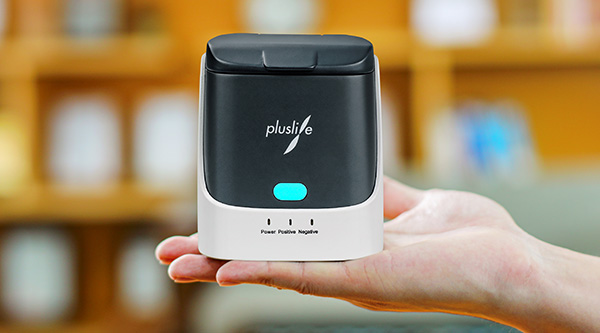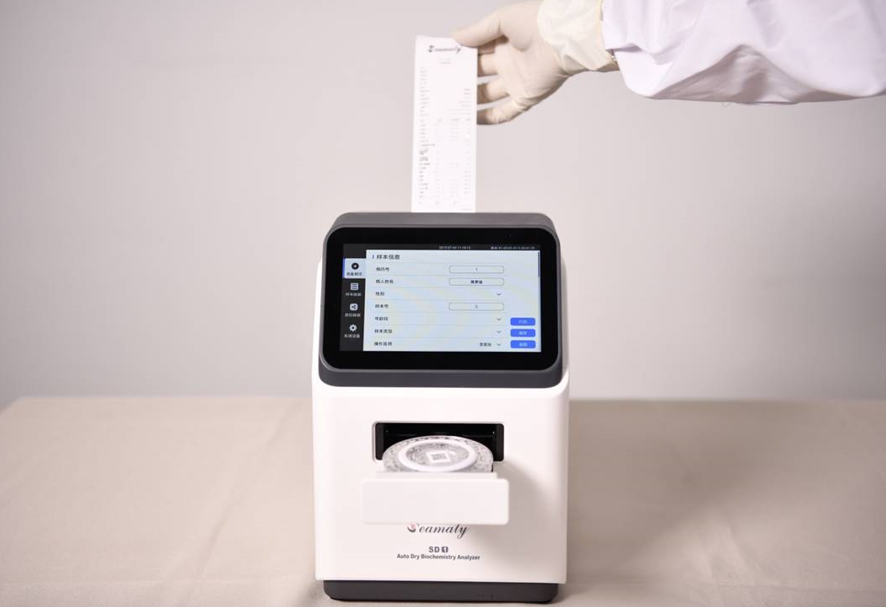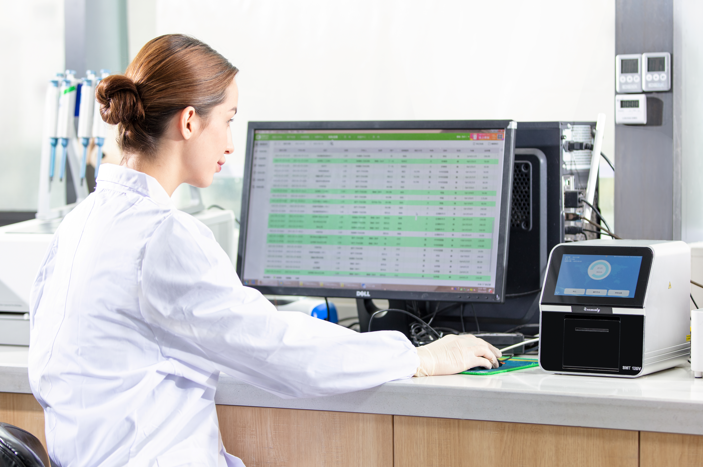At the beginning of 2022, the development of home testing is still accelerating. At-home testing is convenient, private, non-contact, non-constrained by the environment, and saves medical resources. These characteristics make home testing shine in the special situation of epidemic prevention and control, and the regulatory authorities in various countries have started to pay attention to home testing.
COVID-19 self-testing reagent undoubtedly promotes home testing a big step forward. Previously, the industry's hotly debated market education issues, regulatory issues, technical bottlenecks, it seems to accelerate usher in a breakthrough.
What is the development of the U.S. COVID-19 home testing market? This article takes stock of the U.S. home testing market dynamics in 2021.
From the perspective of the home testing process, home testing products can be divided into two categories. One type is the "home sampling, laboratory delivery" form. The other is the "full process of home self-testing", which refers to the entire process of sample collection, testing, and report issuance in the home environment, without the participation of medical professionals, and without the need to go to professional medical institutions. This is the most ideal way to test at home, the most popular among consumers.
In February 2020, after the U.S. Department of Health declared a national health and safety emergency, the FDA initiated the EUA process to approve applications from global in vitro diagnostic companies to sell COVID-19 reagents in the United States.
In November 2020, the FDA approved the first COVID-19 molecular diagnostic kit that can be performed at home, without sending a sample, without the involvement of medical personnel, and with diagnostic results in 30 minutes.
Since then, the U.S. government has vigorously promoted the development, production and sales of COVID-19 at-home test reagents, investing billions of dollars to speed up the EUA application process for related products, rapidly increase the production capacity of the test reagents, reduce the price of the kits, and distribute them to the public for free.
In July 2021, the FDA updated the EUA application process for the COVID-19 test, adding for the first time application guidance for diagnostic reagents for non-laboratory use, including home, office, school, and POC scenarios. in October 2021, the FDA removed the non-laboratory version of the application guidance and added a specific molecular and antigenic COVID-19 test. EUA application guidance for home reagents.
In November 2021, the FDA issued revised guidance on regulatory priorities and policies for COVID-19 viral testing, prioritizing review of EUA requests for the following types:
Diagnostic tests (molecular and antigenic) that can be used at POCT or are fully home self-testing and have the ability to be scaled up for production immediately following an EUA. Home specimen collection kits suitable for laboratory molecular diagnostic tests and with the ability to scale up production immediately following an EUA. This further demonstrates the urgent need for COVID-19 home testing reagents from the FDA.
With the active promotion by the FDA and the background of the normalization of the epidemic, several COVID-19 home test kits have already been approved by the FDA.
Nowadays, home self-testing is an important means of epidemic prevention and control for home detection of COVID-19 virus. The United States, the European Union, South Korea, Malaysia, Australia, etc. have all entered the "self-test" mode.
Currently, the global epidemic is still ongoing and the Omicron mutant virus is spreading rapidly, and the demand for COVID-19 home testing products is still on the rise. It is believed that in the future, over-the-counter antigen self-testing reagents will remain the mainstay of overseas COVID-19 testing.

Seamaty has already realized the IVD productization of small grassroots/home scenario molecular POCT test, Pluslife Mini Dock has the features of easy to start, positive result in 10 minutes, and sensitivity comparable to qPCR. The overall configuration cost is only one-tenth to one-hundredth of the cost of common molecular POCT products in the market today. This can fully meet the needs of family configuration. Currently, the company has developed a product line covering human respiratory tract infections, reproductive tract infections, genotype testing, pet diseases and other comprehensive application scenarios.



